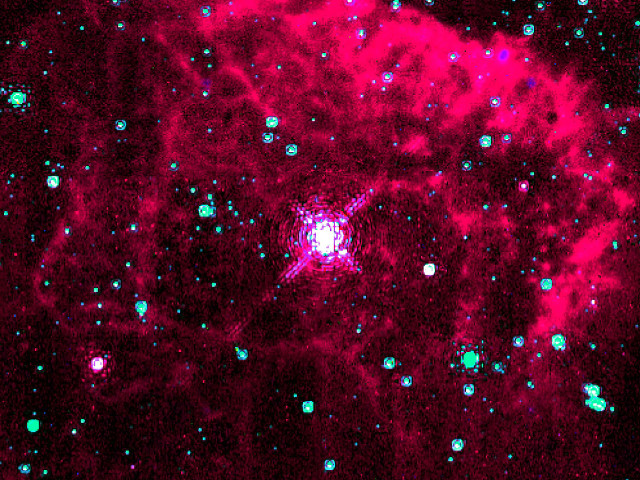Death throes of a massive star burp up 10 Jupiters worth of gas
Ars Technica » Scientific Method 2013-02-07

Supernovae are some of the brightest events in the entire Universe, outshining whole galaxies at their peak luminosity. However, they are rare events at the level of individual galaxies. Since the progenitors may be relatively dim, they are hard to spot, so monitoring the sky for future explosions is a daunting task. Based on observations, however, at least some stars shed a lot of mass prior to the explosion—an event that could be seen in advance.
Observers monitored one such star beginning 40 days before the explosion. By measuring the energy signature of the ejected matter and the spectrum of the subsequent explosion, E. O. Ofek and colleagues were able to connect the two events, showing they were not merely coincidental. Additionally, by studying the evolution of the system before, during, and after the supernova, the researchers found a coherent explanation for one type of supernova, and a means to spot them before they happen.
Supernovas are broadly divided into two categories: white dwarf supernovae (also known as type Ia) and core-collapse supernovae. The second category occurs in very massive stars (at least 8 times the mass of the Sun) that use up their fuel and explode because their cores can no longer withstand the pressure of their own gravity. Although core collapse supernovae have that in common, their progenitor stars can be quite diverse. The current study focused on type IIn supernovae (sometimes abbreviated as SNIIn), which are widely thought to be explosions of extremely rare stars known as luminous blue variables—some of the most massive and brightest stars known.
Read 8 remaining paragraphs | Comments